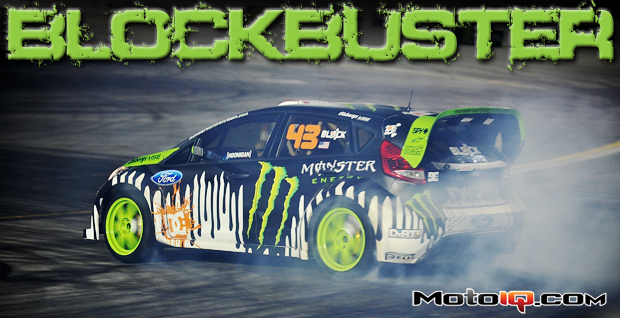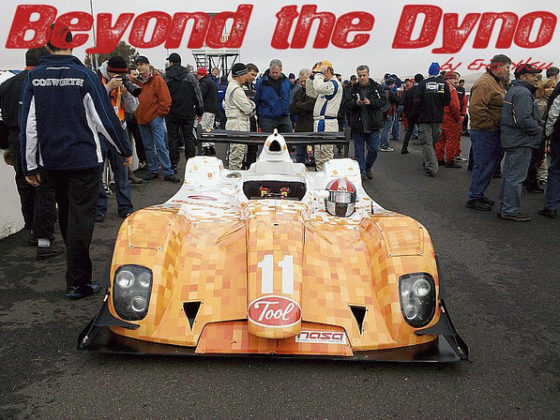,
 |
| The direct fire ignition system uses Denso coils and ignitors. We think these are Honda CBR parts. |
The Garrett TR30 turbo is a Motorsports part that is generally not available to the general public. The TR30 is brimming with trick technology. It has a ball bearing center section. The center section is cast from thinwall stainless steel to reduce weight. The ported shroud (for more surge margin) compressor housing is cast of thin section magnesium and the twin scroll exhaust housing is thinwall stainless. The thinness of the housings are one of the reasons why these turbos are not available to the public. They cannot pass Garrett’s burst testing. In burst testing the turbo is spun at ever increasing revs until it explodes from the centrifugal force. To pass the test, no part of the turbo can escape the housing in the explosion. All Garrett consumer and OEM turbos pass this test. The TR30 is designed to be light weight and is not burst tested, thus you have to be a confirmed legitimate high end Motorsports team to be allowed to purchase the turbo.
 |
| The dry carbon shrouded huge radiator helps keep things cool. |
The TR30 also has interesting features like a titanium compressor wheel. The added strength of Ti allows the Garrett engineers to design the wheel with much thinner blades and a smaller very compact hub. This greatly improves the compressor’s internal aerodynamics. It’s the same principal behind why a billet compressor wheel performs better but taken to an extreme with a much stronger exotic metal. The exhaust side uses a scaled up version of Garrett’s super efficient 9 blade NS111 wheel profile that is normally only used in Garrett’s small frame turbos. With its 56 trim 76.2 mm compressor wheel with a 57mm inducer and an 84 trim 60 mm turbine, the TR30 is much like a GT3076 turbo but with more exotic technology and lighter weight.
 |
| Note to all of you home built race car constructors. Every race and drift car should have a high mounted circulating surge tank to get all bubbles out of the cooling system. |
A single Tial 44 mm wastegate is used to control boost and an HKS SSQV blow off valve vents surge causing back flow. The air to air intercooler features a UK made ultra efficient Pace heat exchanger core with OMSE fabricated end tanks. A huge 90mm downpipe extracts exhaust from the turbo to the side mounted exhaust in a big way.
 |
| The 90mm exhaust terminates into this famous side exit. |
An off the shelf Jenvey ITB intake manifold is used. ITB’s or individual throttle bodies have one throttle for each cylinder. ITB’s are used on a car like this because they have superior low end power and throttle response. The Jenvey intake manifold is mated to an OMSE surge tank containing Bosch 900cc/min shower type injectors that spray across the plenum into the ITB’s intake bells. Full race engines often use shower injectors for superior atomization and to use the latent heat of vaporization of the fuel to help cool the intake charge to improve volumetric efficiency. Shower injectors are terrible for emissions so don’t expect to find them on a production car ever, but on a race car, who cares.
 |
| The dry sump system uses this rear mounted tank for better weight distribution. |
 |
| The lightweight dry cell battery lives under the carbon passenger floor. You can see the easily accessible charger plug as well. |
 |
| The functional carbon rear wing adds downforce with little additional drag. |



